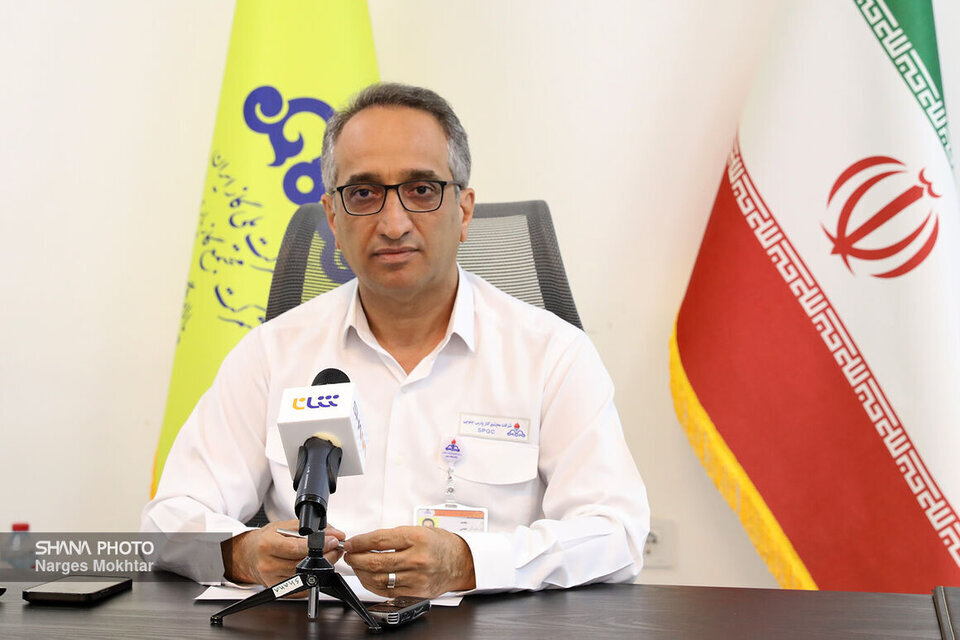South Pars’ 10th refinery begins overhaul to ensure winter gas supply

TEHRAN - South Pars Gas Complex has launched a major overhaul of its 10th refinery, aiming to ensure stable gas production during Iran’s colder months, according to the refinery’s director.
Mohammad Ne’mati, the director of the mentioned refinery, said the overhaul began on July 15 and will continue until July 30. “The operation is being carried out in two phases — A and B — each lasting 11 days, including a full seven-day shutdown for the refinery,” he said, as quoted by the South Pars Gas Complex.
The overhaul includes 1,948 work orders, comprising 1,427 corrective, emergency, and inspection tasks, and 521 preventive maintenance operations. Additionally, 1,363 equipment tags have been assigned for monitoring and process control.
Ne’mati emphasized that the overhaul is being carried out entirely by domestic engineering teams, in compliance with safety and environmental standards. He added that the effort would reduce downtime, cut costs, and enhance operational stability.
This comes as part of a wider maintenance campaign across the South Pars field, where several refineries have recently undergone scheduled overhauls.
In recent weeks, other phases of South Pars have also been taken offline for similar operations to prepare for peak winter demand. The coordinated strategy reflects Iran’s efforts to maximize gas output from the world’s largest gas field, jointly shared with Qatar, and to maintain supply reliability amid rising domestic consumption and export commitments.
South Pars gas field, which Iran shares with Qatar in the Persian Gulf water, is divided into 24 standard phases of development in the first stage. Most of the phases are fully operational at the moment.
The huge offshore field covers an area of 9,700 square kilometers, 3,700 square kilometers of which are in Iran’s territorial waters in the Persian Gulf. The remaining 6,000 square kilometers, called North Dome, are situated in Qatar’s territorial waters.
The field is estimated to contain a significant amount of natural gas, accounting for about eight percent of the world’s reserves, and approximately 18 billion barrels of condensate.
EF/MA
Leave a Comment